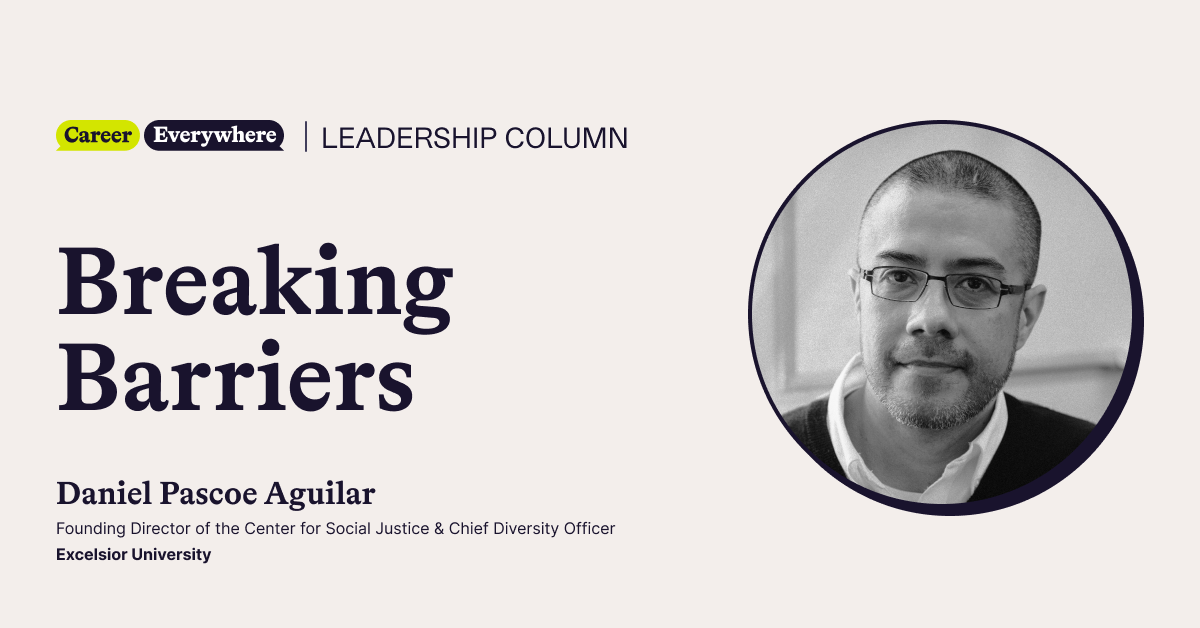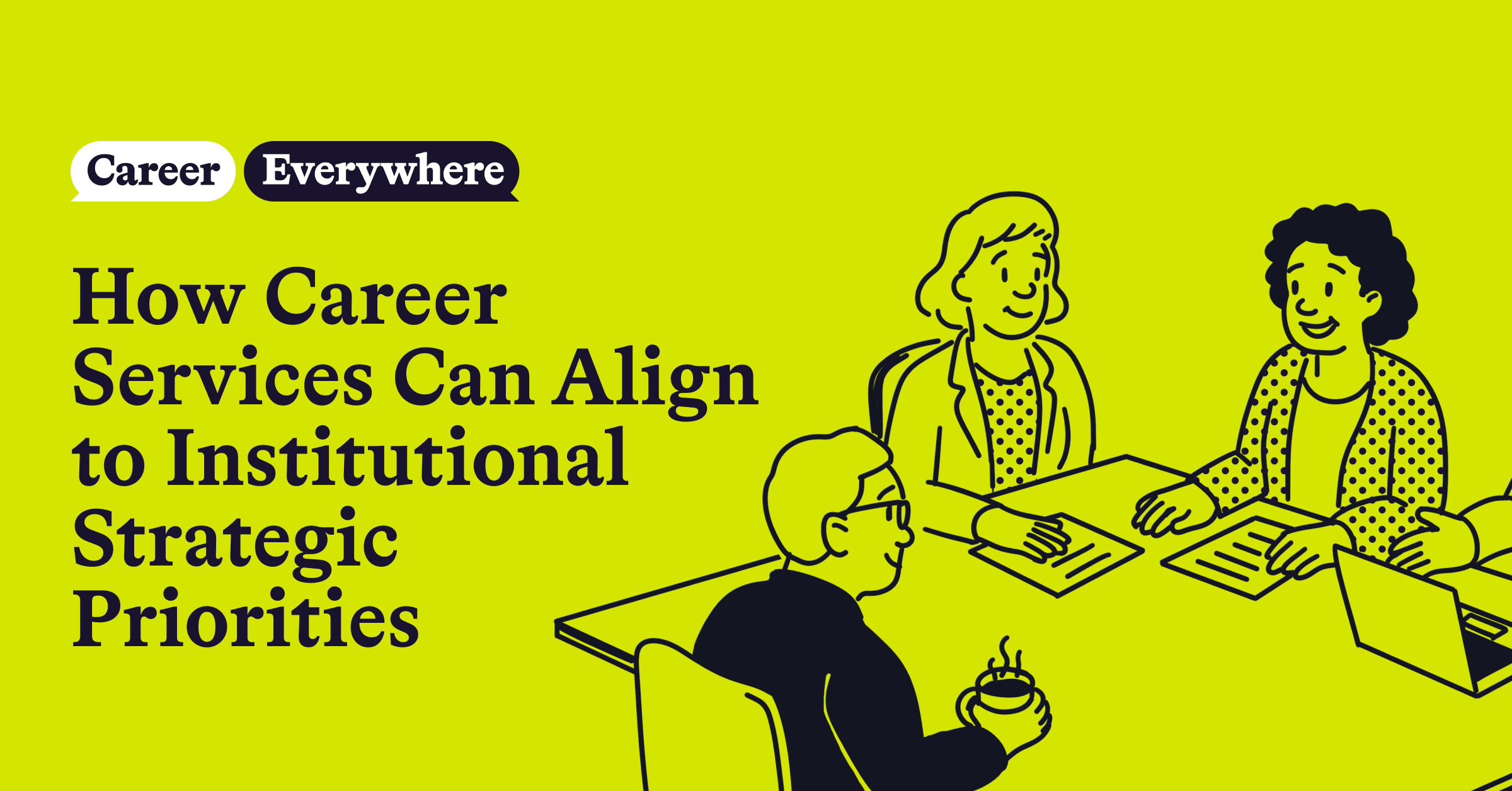
I’ve always thought that Hersey & Blanchard’s Situational Leadership Theory emphasizes the relationship between our leadership and our necessary facilitation of the growth, learning and professional development of the leaders we lead. The model’s direction, coaching and support approaches, preceding or in contrast to delegation —specific to each individual and each of their tasks— are a reminder of the necessary individualization of our leader development facilitation, as well as of the never-ending developmental nature of our work.
I believe that a critical focus of our leadership should be our facilitation of our team members’ leadership learning and growth, which requires our acquaintance with and careful practice of instruction and instructional design as an integral part of the modus operandi of our leadership. But how do we do this in an inclusive, effective and efficient way? How do we facilitate leadership learning and development in a meaningful and sustainable way for every leader we lead?
In my experience in this regard, I have found CAST’s Universal Design for Learning theory very helpful, including its emphases on the meaningful and inclusive engagement, representation, and action and expression of the learners or leaders we serve. Universal Design for Learning (UDL) is an instructional design theory focused on the inclusive learning and development of diverse members of our teams and communities. By helping us to intentionally diversify the means through which we engage, represent content for, and facilitate the action and expression of the learners with whom we work, UDL helps us facilitate learning and development for all members of of our teams, regardful of who they are, of what matters to them and of their learning style.
Diversifying the means of engagement for the learning and development experience of the leaders we lead is a responsibility of our leadership. According to UDL, this helps us engage the learner in the why of their learning and, in this case, of their leadership. We know that purpose is a catalyst of leadership and that without an intrinsic and shared why of our leadership, success is often too steep of a journey. So, to develop purposeful and motivated learners, UDL recommends diversifying the learner’s means of engagement in three key ways: a) facilitating their access to engagement, b) facilitating their building on engagement, and c) facilitating their internalization of their engagement.
Access to Engagement:
In our own leadership development experience, we might recall a time when we have been asked to lead an initiative or an effort we didn’t fully understand or didn’t feel the necessary ownership. Our agreement with the overall vision of the role and the mission of the center or organization seems to run short in comparison to the need to know and align the purpose of our leadership tasks with our own.
So when working with the leaders we lead, UDL recommends focusing on the following questions/responsibilities in an attempt to enhance the learners’ access to their engagement:
1. How are we optimizing their individual choices and autonomy?
2. How are we facilitating the relevance, value and authenticity of their leadership?
3. How are we minimizing threats and distractions to their leadership and work?
Building on Engagement:
I can recall a number of occasions when, once engaged in leading an initiative or program, there has been limited space for my innovation to build on what was originally designed, on the opportunities available or on the intrinsic motivation I and my team are developing based on our evolving why. Even if access to engagement was available at the beginning, limited opportunities to build on it has the potential of quenching a leader’s or a team’s purpose and motivation for their work.
So when working with the leaders we lead, UDL recommends focusing on the following questions/responsibilities in an attempt to enhance the learners’ opportunity to build on their engagement:
1. How are we heightening and engaging learners in dialogue about the goals and objectives of the initiative?
2. How are we diversifying the demands and the resources to optimize the challenge?
3. How are we fostering collaboration and community?
4. How are we increasing and normalizing mastery-oriented feedback?
Engagement Internalization:
Have you ever felt burned out even though the initiative and team you are leading align with your and your team’s why? Despite purposeful and motivating leadership, space for self regulation is critical to the sustainability of our work. Motivation is limited by our physical, affective and cognitive capacity.
So when working with the leaders we lead, UDL recommends focusing on the following questions/responsibilities in an attempt to enhance our and the leaders we lead internalization of their learning and development:
1. How are we promoting expectations and beliefs that optimize motivation?
2. How do we facilitate personal coping strategies and skills?
3. How do we facilitate self-assessment and reflection?
Or better yet, directly ask your team members and engage in conversation with them about the questions above.
A main focus of our leadership should be our facilitation of our team members’ leadership learning and growth. This requires our careful instructional design and facilitation of learning and development as an integral part of our leadership of the experience of the leaders we lead. I have found the UDL theory (Universal Design for Learning theory) and its emphases on the meaningful and inclusive engagement, representation, and action and expression of the learners or leaders we serve to be a powerful approach to the inclusivity, effectiveness and sustainability of our systemic leadership.


